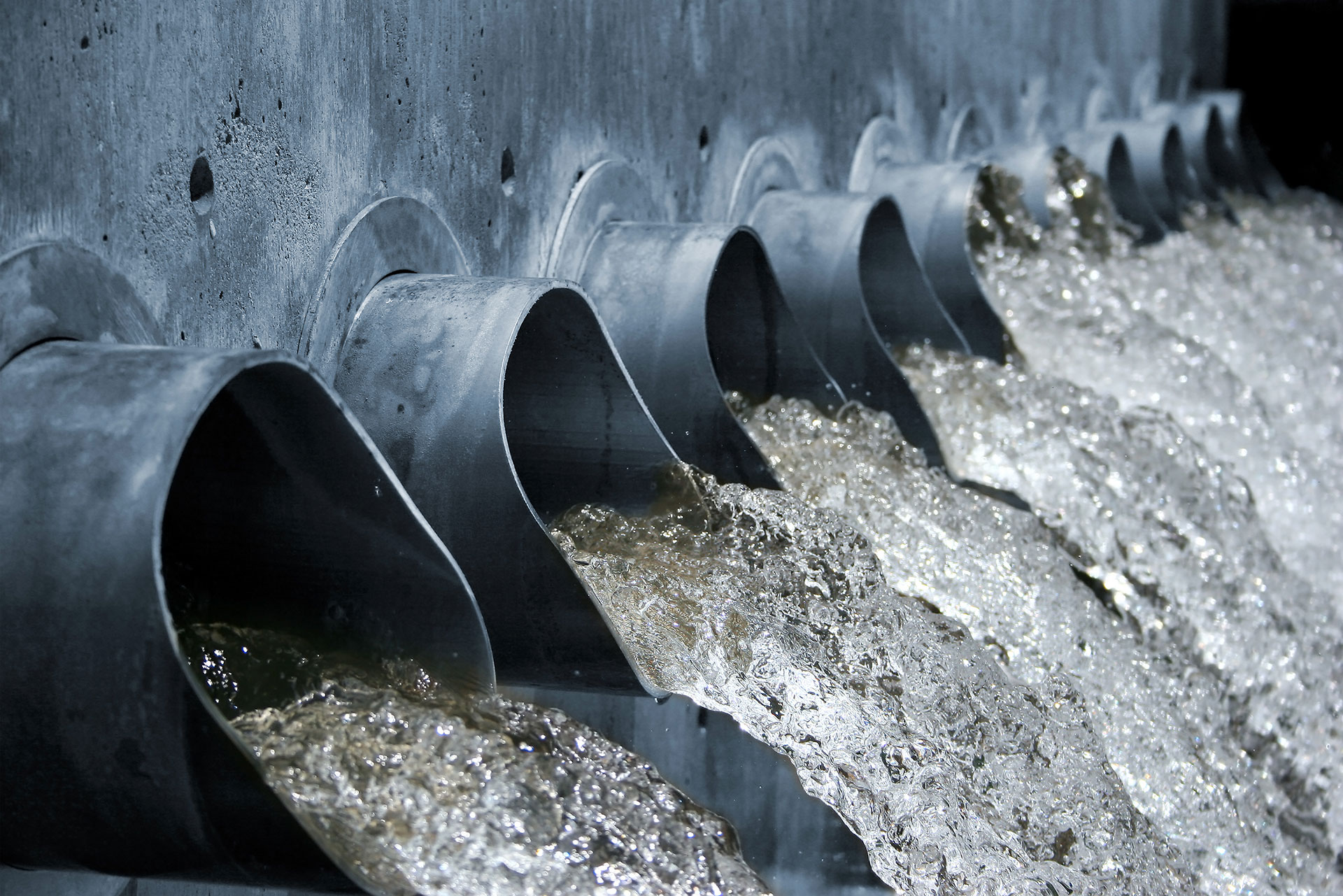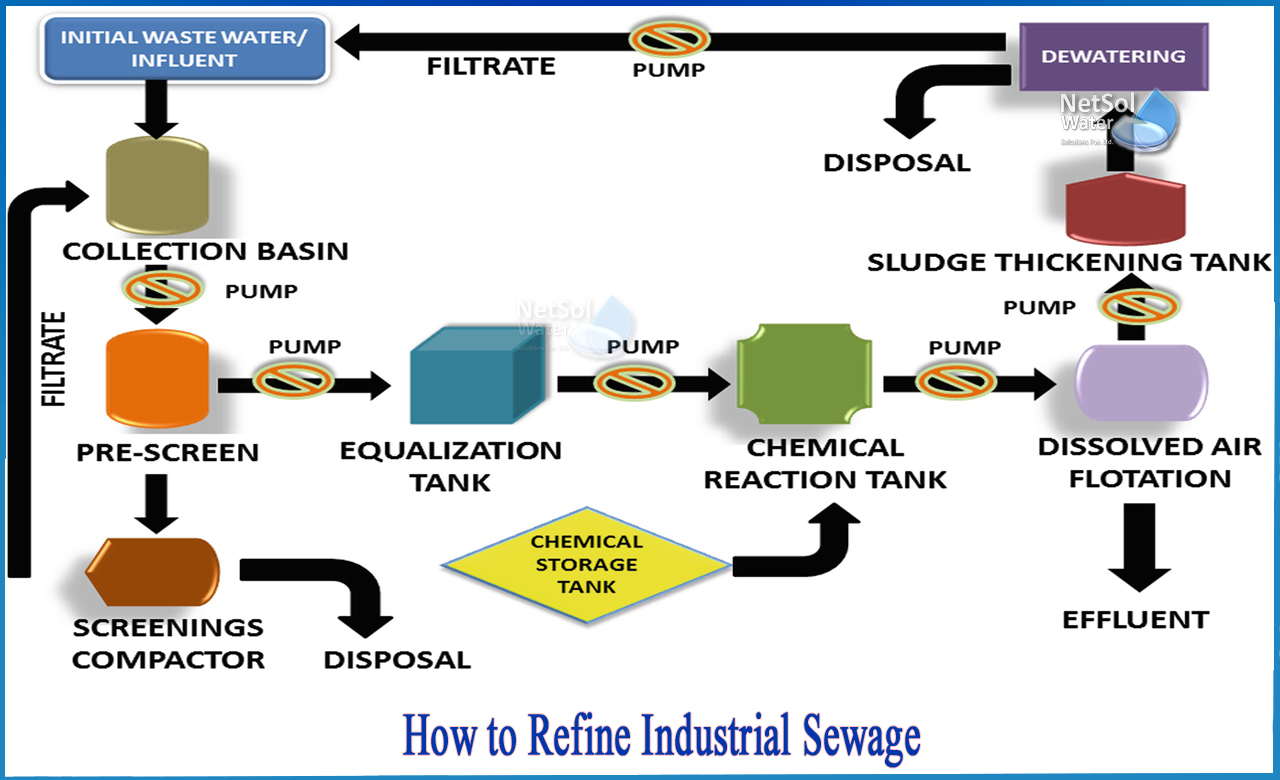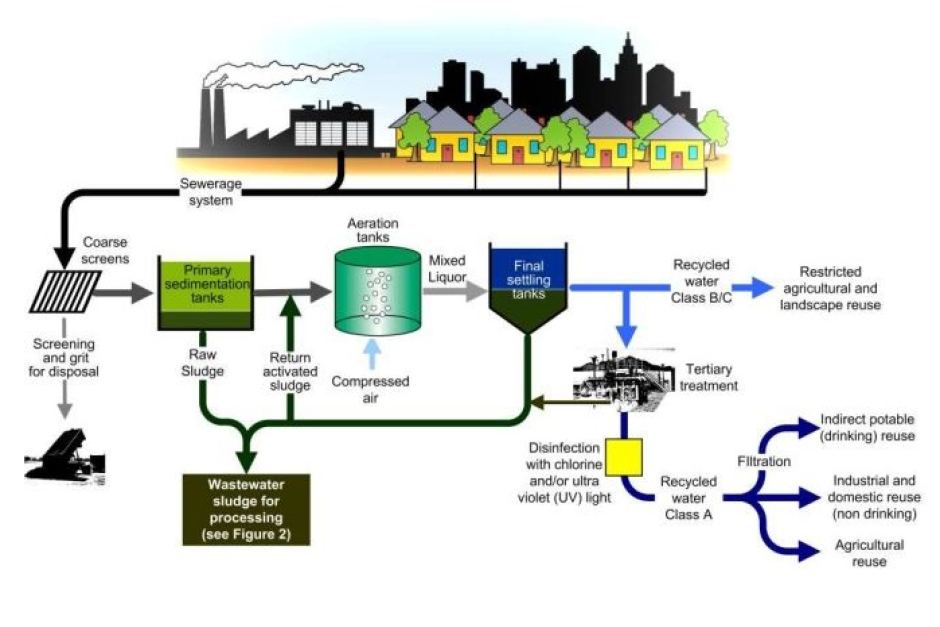Innovations and Advancements in Industrial Waste Water Treatment Technologies
The landscape of commercial wastewater treatment is undertaking a transformative change, driven by advancements that boost both performance and sustainability. As governing standards advance, the integration of AI and maker knowing right into wastewater administration systems assures to streamline procedures and make certain compliance.
Introduction of Drainage Treatment Technologies
Wastewater therapy innovations encompass a variety of methods developed to remove impurities from commercial effluents before their release right into the environment. These innovations are critical for maintaining ecological balance and guaranteeing compliance with environmental policies. The main categories of wastewater treatment include physical, chemical, and organic methods, each offering distinctive functions based on the nature of the pollutants existing.

Organic treatment techniques employ bacteria to degrade natural issue, making them particularly efficient for organic-rich effluents. Methods like turned on sludge and biofilm reactors harness the natural destruction capabilities of germs, causing significant decreases in biochemical oxygen need (FIGURE)
Advanced Filtration Techniques
Advanced filtering techniques stand for a crucial advancement in the world of industrial wastewater therapy, improving the performance of contaminant removal processes. Industrial Waste Water Treatment. These techniques encompass a variety of modern technologies, consisting of microfiltration, ultrafiltration, nanofiltration, and turn around osmosis, which supply sequential obstacles for various particle dimensions and chemical structures
Microfiltration and ultrafiltration make use of membrane layer systems to get rid of suspended solids, germs, and bigger organic particles, enhancing the top quality of effluent before more therapy. Nanofiltration links the space between ultrafiltration and turn around osmosis, properly removing divalent ions and natural compounds, therefore lowering the tons on downstream procedures.
Reverse osmosis uses the highest degree of purification by permitting only water and little particles to travel through its semi-permeable membranes, making it suitable for recovering high-grade water from commercial effluents. Current innovations in membrane technology, consisting of the development of even more durable and fouling-resistant products, have actually considerably improved operational effectiveness and decreased costs.
Integrating these sophisticated filtration techniques not just boosts the overall treatment process yet likewise adds to sustainability initiatives by making it possible for water reuse and source recuperation in industrial settings. (Industrial Waste Water Treatment)
Biological Therapy Developments

Moreover, the development of crafted organic systems, such as membrane bioreactors (MBRs), integrates organic treatment with advanced membrane layer purification. This integration permits higher effluent quality and reduced impact, making it ideal for space-constrained industrial centers. Advancements in genetically engineered microorganisms have actually likewise arised, improving the biodegradation of particular pollutants, such as pharmaceuticals and heavy steels, that are typically challenging to eliminate.
Additionally, the application of bioaugmentation methods, where helpful microbes are presented to enhance the existing biological treatment procedures, has revealed promising lead to enhancing treatment performance. These innovations collectively symbolize check my site a trend in the direction of even more lasting and efficient organic therapy techniques that can adjust to the advancing intricacies of commercial wastewater streams. As markets remain to focus on ecological conformity, these organic developments will play an essential duty in wastewater monitoring.

Resource Recovery Techniques
In commercial settings, the integration of resource recovery techniques has become significantly important for boosting sustainability and lessening waste. These techniques concentrate on drawing out valuable products and energy from wastewater streams, therefore changing potential contaminants click into reusable sources.
One popular technique is nutrition healing, where nitrogen and phosphorus, usually existing over in wastewater, are caught and converted right into plant foods. This not just minimizes ecological influences but also offers a circular economic climate solution for farming applications. Additionally, innovations such as anaerobic digestion enable the conversion of natural waste into biogas, an eco-friendly energy resource that can offset fossil gas usage in industrial procedures.
Moreover, progressed filtering and membrane modern technologies help with the healing of industrial byproducts such as metals and salts. These recovered materials can be reintegrated right into production processes, minimizing the need for virgin sources.
Future Fads in Drainage Administration
As industries progressively prioritize sustainability, the future of wastewater management is readied to undergo substantial makeovers. Technical improvements, such as man-made knowledge and artificial intelligence, will make it possible for much more effective surveillance and administration of wastewater systems. These modern technologies can anticipate upkeep demands, maximize therapy processes, and enhance decision-making, ultimately reducing operational expenses and ecological impact.
In addition, the integration of round look what i found economic climate concepts will certainly play an important role in wastewater monitoring. Industries are anticipated to change in the direction of systems that not only deal with wastewater yet additionally recover beneficial resources, such as nutrients, water, and energy. This transition will certainly lessen waste and promote the reuse of products, aligning with international sustainability objectives.
Arising treatment strategies, such as membrane bioreactors and progressed oxidation processes, will even more improve the effectiveness of wastewater treatment, permitting better effluents suitable for reuse. Furthermore, governing structures are most likely to advance, emphasizing more stringent requirements for wastewater discharge and motivating sectors to embrace ingenious treatment solutions.
Conclusion
In conclusion, the development of industrial wastewater therapy modern technologies shows a significant change in the direction of improved performance and sustainability. Developments in advanced filtration methods, organic therapies, and resource recovery techniques highlight the industry's dedication to environmental stewardship. The assimilation of expert system and maker understanding additionally optimizes these procedures, making certain regulative compliance and promoting a circular economic situation. Continued improvements in these areas will certainly play an important function in shaping the future of wastewater administration and shielding vital water sources.
The landscape of industrial wastewater treatment is undertaking a transformative change, driven by developments that improve both effectiveness and sustainability.Wastewater treatment innovations incorporate an array of approaches developed to eliminate contaminants from commercial effluents before their launch into the environment.Taking advantage of the power of biological processes has actually led to substantial technologies in the therapy of commercial wastewater.Furthermore, the application of bioaugmentation strategies, where useful germs are presented to improve the existing biological treatment processes, has actually shown encouraging results in improving therapy efficiency. These advancements collectively signify a trend in the direction of more sustainable and effective organic therapy methods that can adapt to the progressing intricacies of industrial wastewater streams.